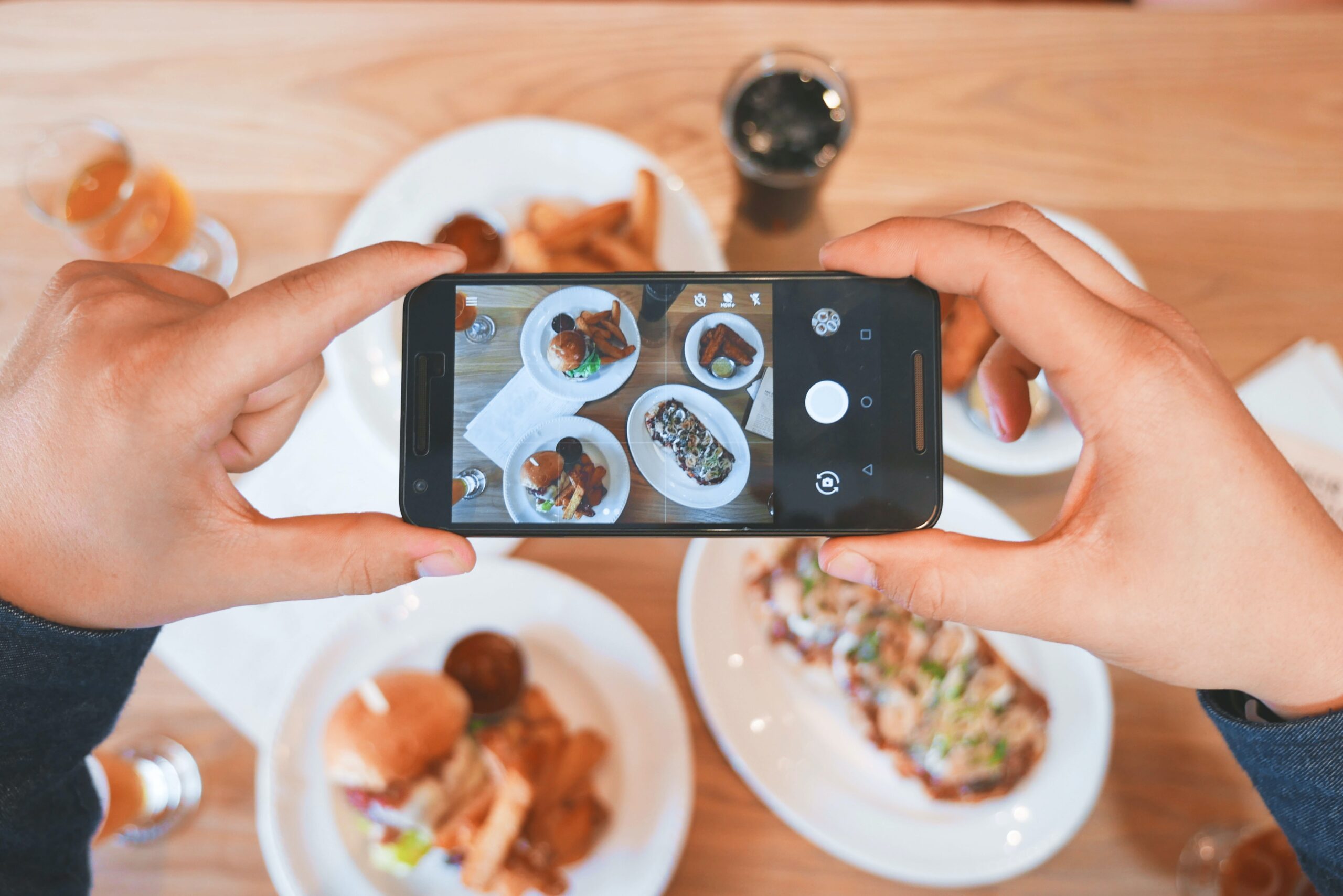Unlocking Hashtag Potential: Discovering and Selecting the Right Tags for Your Content

Finding and choosing the right hashtags for your social media posts is a crucial aspect of expanding your content’s reach and engagement. Here’s a comprehensive guide on how to effectively find and select hashtags that align with your content and audience.
Research Your Industry and Niche
Start by researching hashtags that are relevant to your industry, niche, and content. Look at posts from influencers, competitors, and similar accounts to identify hashtags commonly used in your field. Tools like Instagram’s search function and third-party platforms can help you discover popular hashtags related to your topic.
Utilize Hashtag Tools and Generators
Numerous online tools and generators can help you find relevant hashtags for your content. These tools provide suggestions based on keywords or topics you input. Some popular options include Display Purposes, All Hashtag, and RiteTag. Experiment with different tools to identify a wide range of hashtags.
Observe Trending and Seasonal Hashtags
Stay up-to-date with trending topics, holidays, and events that are relevant to your content. Trending and seasonal hashtags can significantly increase your post’s visibility, especially if they align with your content. Keep an eye on platforms like Twitter and Instagram for trending hashtags and incorporate them into your posts when relevant.
Analyze Competitor and Influencer Hashtags
Examine the hashtags used by your competitors and industry influencers. While you shouldn’t copy their hashtags directly, this research can provide insights into popular and effective tags within your niche. Identify patterns and incorporate relevant hashtags into your strategy.
Consider Audience and Demographics
Think about your target audience and their interests. Consider the demographics, preferences, and values of your followers. Research which hashtags resonate with them by analyzing engagement on posts that use those hashtags. Tailoring your hashtags to your audience can help you attract more relevant followers.
Balance Between Broad and Niche Hashtags
Include a mix of broad and niche hashtags in your posts. Broad hashtags like #travel or #food attract a larger audience but can also lead to higher competition. Niche hashtags are specific to your content and cater to a more engaged and relevant audience. This balance ensures that your content reaches a wide range of users while also targeting those genuinely interested.
Create Branded and Campaign Hashtags
Develop unique branded hashtags related to your brand, campaigns, or events. Branded hashtags encourage user-generated content, foster a sense of community, and make it easier for followers to discover related posts. Make sure your branded hashtags are catchy, memorable, and relevant to your brand identity.
Use Location-Based Hashtags
If your content is location-specific, include hashtags related to your location. This can help you connect with local audiences and increase your chances of being discovered by users interested in that area. Location-based hashtags are especially useful for businesses with physical locations.
Analyze Hashtag Performance
Regularly analyze the performance of the hashtags you use. Social media analytics tools provide insights into which hashtags generate the most engagement, reach, and impressions. Monitor these metrics and refine your hashtag strategy based on the data. Experiment with different combinations to optimize your results.
Conclusion
Selecting the right hashtags involves a combination of research, audience understanding, and experimentation. By exploring different types of hashtags, analyzing their performance, and staying attuned to industry trends, you can refine your strategy and maximize the impact of your social media posts. Remember that hashtag selection is an ongoing process, and staying adaptable and informed will ultimately lead to better visibility and engagement for your content.
Case Study 1: Small Business Owner on Instagram
Scenario: Sarah owns a small boutique that sells handmade jewelry. She wants to use Instagram to increase brand visibility and attract customers to her store.
Approach:
Niche and Product Focus: Sarah researches hashtags related to jewelry and handmade crafts. She uses hashtags like #HandmadeJewelry, #ArtisanCrafts, and #SmallBusinessOwner to connect with a community that appreciates unique, handcrafted items.
Local Connection: Since Sarah’s boutique is in Portland, she incorporates location-based hashtags like #ShopLocalPortland and #PortlandArtScene to reach local customers.
Product Categories: Sarah has different types of jewelry, from earrings to necklaces. She creates custom hashtags for each category, such as #GemstoneEarrings and #BohoNecklaces, to make her posts discoverable to users with specific interests.
Brand Identity: Sarah uses a branded hashtag, #SarahsArtistry, to encourage customers to share photos of themselves wearing her jewelry. This fosters a sense of community and extends her reach through user-generated content.
Engagement with Followers: Sarah engages with her followers’ content using relevant hashtags. This not only deepens her connection with her audience but also helps her discover new hashtags.
Measuring Success: Sarah tracks engagement metrics using Instagram Insights. She observes that posts featuring her unique jewelry pieces and a mix of her custom hashtags yield the highest engagement.
Case Study 2: E-commerce Brand Owner on Instagram
Scenario: Alex runs an online fashion store selling sustainable clothing. He wants to use Instagram to drive traffic to his e-commerce website and increase sales.
Approach:
Sustainable Fashion: Alex uses hashtags that resonate with his brand’s ethos, like #EthicalFashion, #SustainableStyle, and #SlowFashion. This helps him connect with an audience that values eco-friendly clothing.
Product Specifics: For each clothing item, Alex uses specific hashtags like #OrganicCottonDress or #RecycledDenimJeans. This approach targets users searching for those particular products.
Fashion Trends: Alex stays updated with current fashion trends and incorporates relevant hashtags like #SummerFashionTrends or #EcoFriendlyWardrobe to tap into broader conversations.
Influencer Collaborations: When collaborating with influencers, Alex uses their branded hashtags to leverage their follower base and reach a wider audience interested in sustainable fashion.
Shopping Tags: Alex takes advantage of Instagram’s shopping tags feature, which allows users to shop directly from his posts. He uses product-related hashtags alongside shopping tags to enhance discoverability.
Conversion Tracking: By using analytics tools like Google Analytics, Alex tracks how much traffic and sales are generated from Instagram. He notes that posts with shopping tags and specific product hashtags tend to lead to higher conversion rates.
Case Study 3: New Startup Founder on Instagram
Scenario: Lisa has just launched a startup that offers a unique subscription box for pet owners. She wants to establish her brand presence and attract subscribers on Instagram.
Approach:
Startup Identity: Lisa crafts hashtags that reflect her startup’s identity, like #PetLoversClub, #UniqueSubscriptionBox, and #NewStartup. This helps her connect with individuals intrigued by innovative offerings.
Pet Community Engagement: Lisa engages with popular pet-related hashtags like #PetLovers, #Furbabies, and #PetCommunity. This helps her tap into the passionate and engaged pet owner community.
Behind-the-Scenes: Lisa uses hashtags like #StartupJourney and #SmallBusinessLife to share behind-the-scenes content. This approach humanizes her brand and invites users to follow her startup journey.
Influencer Partnerships: Lisa collaborates with pet influencers and incorporates their branded hashtags in her posts. This exposes her brand to a wider audience of pet enthusiasts.
Problem-Solution Approach: Lisa addresses common pet owner challenges with hashtags like #SolvePetProblems or #HappyPetLife. This positions her brand as a solution-provider.
Feedback Loop: Lisa encourages user-generated content by using a branded hashtag, #MyPetBoxJoy, for subscribers to showcase their pets enjoying the subscription box. This not only generates content but also builds a sense of community.
Subscriptions Tracking: Lisa tracks the number of subscriptions generated through Instagram using specific promo codes. She observes that posts featuring happy pets with the branded hashtag tend to drive more conversions.






